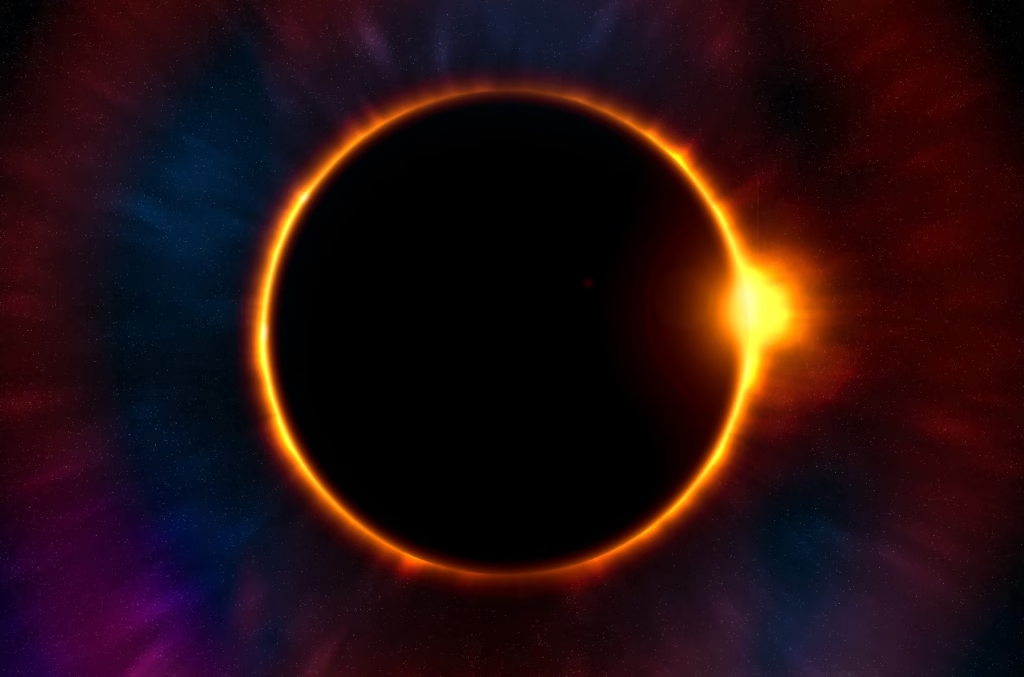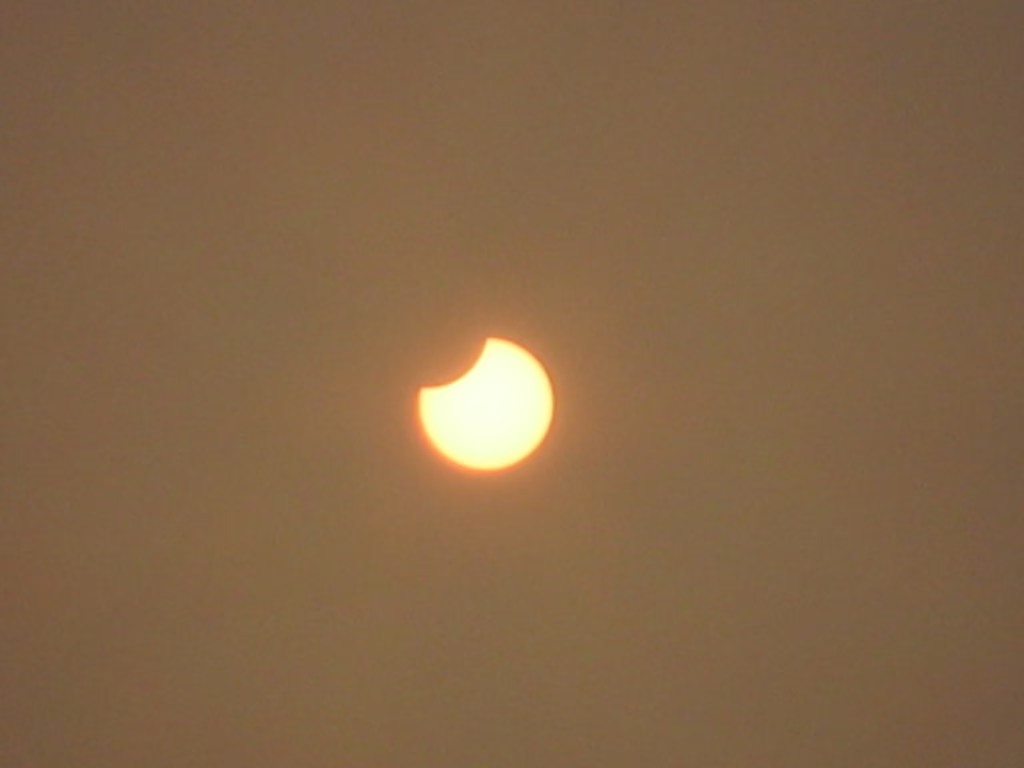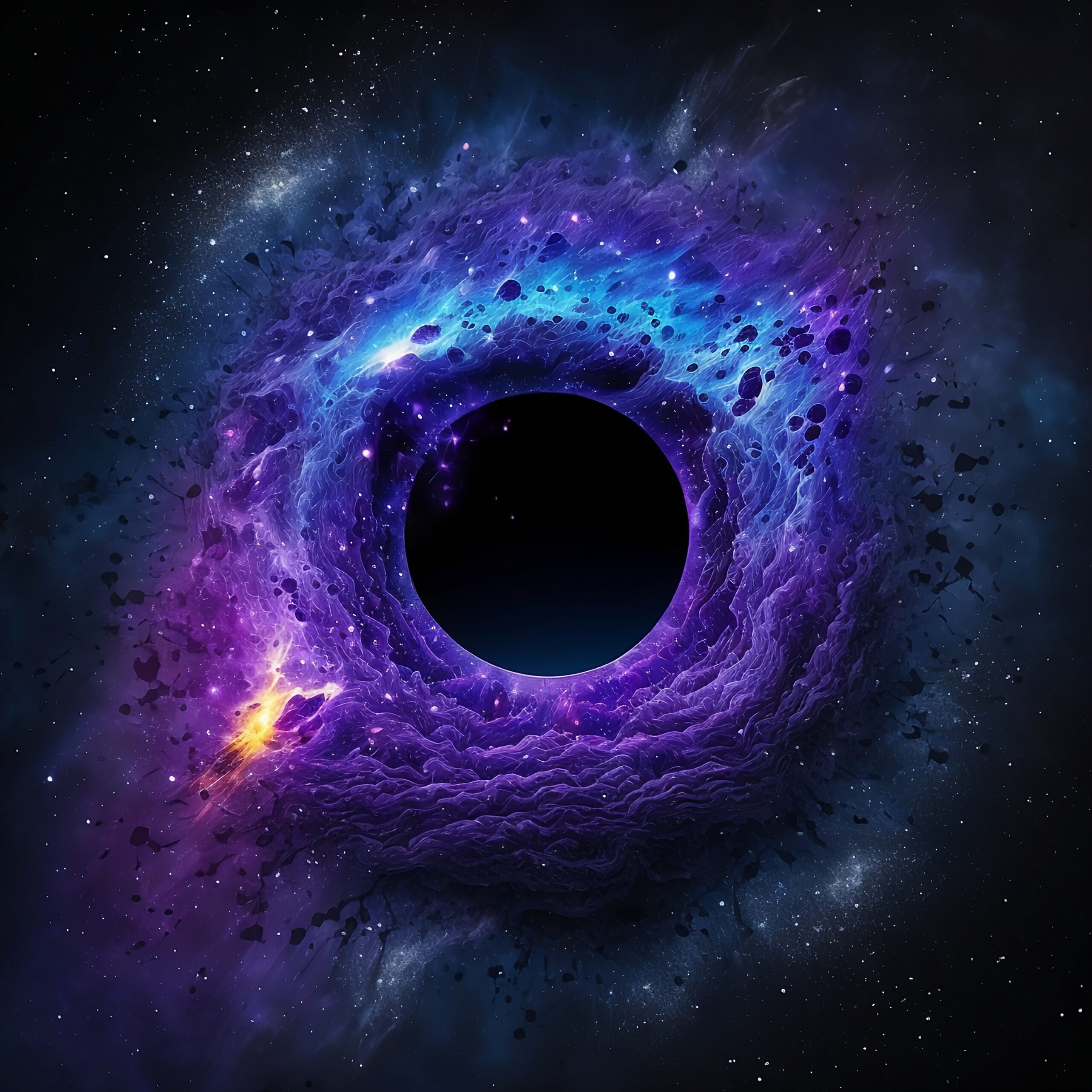What is a Solar Eclipse?
A solar eclipse is a rare astronomical event that occurs when the Moon passes directly between the Earth and the Sun, blocking some or all of the Sun’s light for a brief period. This alignment occurs when the Sun, Moon, and Earth form a straight line, known as syzygy, which happens during a new moon.
Throughout history, solar eclipses have captivated humanity, inspiring myths, scientific discoveries, and even superstitions. Ancient civilizations often saw them as omens, while modern astronomers use them to study the Sun’s corona—the outermost layer of its atmosphere, usually hidden by its intense brightness.
As Stephen Hawking once said:
“Eclipses are a reminder that we are part of a vast and magnificent universe.”
(Note: This quote is widely attributed to Stephen Hawking, but its exact source is not confirmed. If accuracy is a concern, consider verifying its origin.)

(Source: NASA, American Astronomical Society, Time and Date)
Details of the March 29, 2025, Eclipse
Date & Time
The partial solar eclipse will take place on Saturday, March 29, 2025. The event will begin over the northern coast of South America at approximately 08:50 UTC, reach its peak at 10:47 UTC, and conclude around 12:43 UTC.
(Source: Time and Date, NASA Eclipse Website)
Path of the Eclipse
This eclipse will be visible across a wide geographical range, covering parts of:
Northeastern North America – Regions including the northeastern United States and parts of eastern Canada will experience the eclipse.
Europe – Most European countries will witness a partial eclipse, with varying degrees of obscuration. In the United Kingdom, for example, the eclipse will begin around 10:00 AM GMT, peak at 11:00 AM GMT, and end by 12:00 PM GMT, with up to 40% of the Sun covered in some areas.
Northwestern Africa – Certain areas of this region will also be able to observe the partial eclipse.
India – Some northern and western regions of India will see a partial solar eclipse during the late afternoon, though the extent of visibility will be relatively low compared to other regions.
The extent of visibility will depend on location, with regions in the Northern Hemisphere, particularly those farther north, experiencing a greater portion of the Sun obscured. This effect is more pronounced in areas closer to the Arctic Circle, where the eclipse will cover a larger fraction of the Sun.
(Source: NASA Eclipse Website, European Space Agency)
Type of Eclipse
This will be a partial solar eclipse, meaning the Moon will cover only part of the Sun’s disk.

Page URL: https://commons.wikimedia.org/wiki/
Attribution: Zhou Guanhuai, CC BY-SA 4.0 https://creativecommons.org/licenses/by-sa/4.0, via Wikimedia Commons
Scientific Significance
While partial solar eclipses occur more frequently than total eclipses, they still hold significant value for scientific research and public interest. This eclipse is particularly notable because it will be visible across several densely populated regions, allowing a large number of people to witness the event.
For astronomers, the eclipse provides an opportunity to study the Sun’s outer atmosphere and related solar activity. Educational institutions and science outreach programs often use these events to promote awareness about astronomy and the importance of safe solar observation.
(Source: NASA, European Space Agency)
Best Places to Watch the March 29, 2025, Partial Solar Eclipse
List of Locations
On March 29, 2025, a partial solar eclipse will be visible across several regions, with varying degrees of obscuration. Notable locations include:
Northeastern United States – Cities such as New York, Boston, and Augusta, Maine, will experience the eclipse during sunrise. Observers in these areas can witness the event as the Sun rises partially eclipsed.
United Kingdom – Major cities like London, Edinburgh, and Belfast will see the eclipse mid-morning. In London and southeast England, approximately 30% of the Sun will be covered, while northern Scotland and Northern Ireland may see up to 40% obscuration.
Western Europe – Countries including France, Germany, and the Netherlands will have varying degrees of visibility, with the eclipse occurring during the late morning hours.
Northwestern Africa – Regions such as Morocco and Algeria will witness the eclipse in the late morning to early afternoon, with the extent of obscuration varying by location.
India – Northern and western parts of India will experience a partial eclipse in the late afternoon, though the Sun will not be significantly covered.
(Source: Time and Date, NASA Eclipse Website)
Weather Considerations
Weather plays a crucial role in eclipse observation. In late March, conditions can be unpredictable, so it is important to consider historical climate data:
Northeastern United States – March often brings variable weather, with lingering winter conditions. Cities like Boston and New York may experience cold temperatures and potential snowfall, which could impact visibility.
United Kingdom and Western Europe – March typically marks the transition from winter to spring, leading to unpredictable weather patterns. The UK, France, and Germany may experience cloudy skies and precipitation, which could affect eclipse viewing.
Northwestern Africa – Countries like Morocco and Algeria generally experience mild and relatively dry conditions in March, offering a higher likelihood of clear skies for eclipse observation.
(Source: National Weather Service, UK Met Office)
Safety Tips for Viewing the March 29, 2025, Solar Eclipse
Why Safety Matters
Looking directly at the Sun, even during a partial eclipse, without proper eclipse glasses or certified solar filters, can cause serious and permanent eye damage. The intense solar radiation can burn the retina, leading to a condition called solar retinopathy, which may result in vision loss. Unlike total eclipses, where the Sun is completely obscured for a brief period, a partial eclipse always leaves part of the Sun exposed, making it unsafe to view without proper protection.
(Source: American Academy of Ophthalmology, NASA)
Eclipse Glasses – Certified Filters
To safely observe the eclipse, use certified eclipse glasses that meet the ISO 12312-2 international safety standard. These glasses are specifically designed to block harmful ultraviolet (UV), infrared (IR), and intense visible light that can damage the eyes.
⚠ Important: Regular sunglasses, polarized lenses, or tinted glasses are NOT safe for viewing the Sun, as they do not block enough harmful radiation.
DIY Viewing Methods
If you don’t have eclipse glasses, there are several indirect viewing methods that allow you to safely watch the event:
Pinhole Projector – Create a small hole in a piece of cardboard and let sunlight pass through it onto a flat surface. The projected image will show the Sun’s shape as the eclipse progresses.
Colander Method – Holding up a kitchen colander (strainer) towards the Sun will create multiple tiny projections of the eclipsed Sun on the ground or a piece of paper.
Projection Using Binoculars or a Telescope – Point a telescope or binoculars (without looking through them!) toward the Sun and project the image onto a white surface for a magnified view.
(Source: NASA, American Astronomical Society)
⚠ This guide is for informational purposes only. Always refer to official safety guidelines from space agencies such as NASA or the American Astronomical Society for the latest recommendations. This blog does not provide medical or professional optical advice. Always consult a certified professional for eye safety concerns.
Share the knowledge with

